“A Story That Broke All of Our Hearts”: The Making of ‘Origin’
- Oops!Something went wrong.Please try again later.
- Oops!Something went wrong.Please try again later.
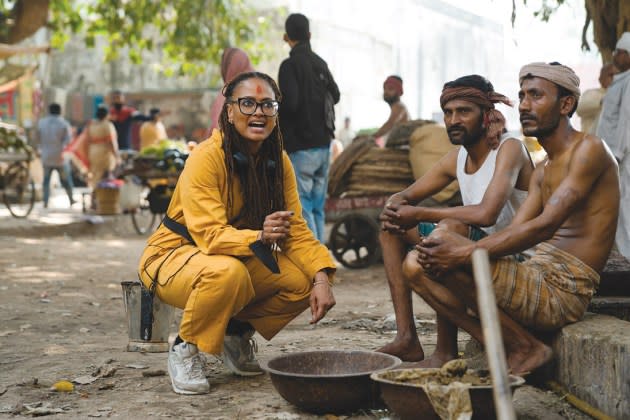
Many books have been called unfilmable, but in the case of Isabel Wilkerson’s 2020 best-seller Caste: The Origins of Our Discontents, that label would hardly be an exaggeration. To start, it’s a nearly 500-page nonfiction dissertation with a heady, ambitious thesis about the foundations of social hierarchies across human history. As such, it pulls in anecdotes from sources as diverse as the Jim Crow South, 1930s Nazi Germany and an anthrax outbreak in the Siberian tundra in 2016.
But what captivated director Ava DuVernay in the pages was the abundance of intimate human relationships woven throughout. Her last documentary (2016’s 13th) garnered an Emmy and an Oscar nomination, yet as she read Caste, she began envisioning a narrative feature, especially after learning about Wilkerson’s personal journey of love and loss as she researched and wrote the book.
More from The Hollywood Reporter
“It’s the life and work of Isabel Wilkerson, and it’s just as much about her process writing the book as it is [about] the book,” DuVernay says of Origin, which cinematically depicts the workings of Isabel’s mind as she pounds the pavement, from her home in Georgia to Berlin to New Delhi, drawing connections among myriad historical and current events — all as she weathers the deaths of, in succession, her husband, mother and cousin. DuVernay spent hours on Zoom and in person interviewing Wilkerson, who took no other role on the film. “For two years, there was nothing she wouldn’t tell me if I asked. She gifted [her story] to me and allowed me to run with it, so what you see is grace and generosity,” the director says.
The project was originally set up at Netflix, which eyed a 2024 shoot. That was too late for DuVernay, who wanted audiences to have time to see and digest the film’s ideas well ahead of the 2024 U.S. election. “My hope is that it instigates some conversation about things we should be focusing on in this country as we head toward an election — hey, anybody see we’re taking books off shelves? Women can’t control their own bodies? Are we going to do something? I felt an urgency around getting it out there,” the helmer says. “That timeline was a little more escalated than [Netflix] had the appetite for, and they were good enough to let it go.”
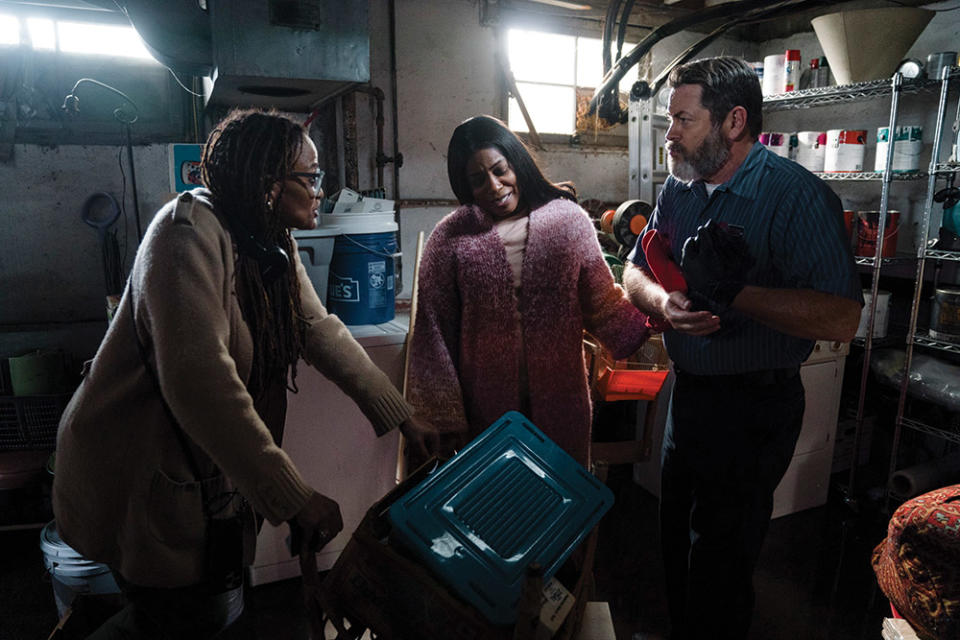
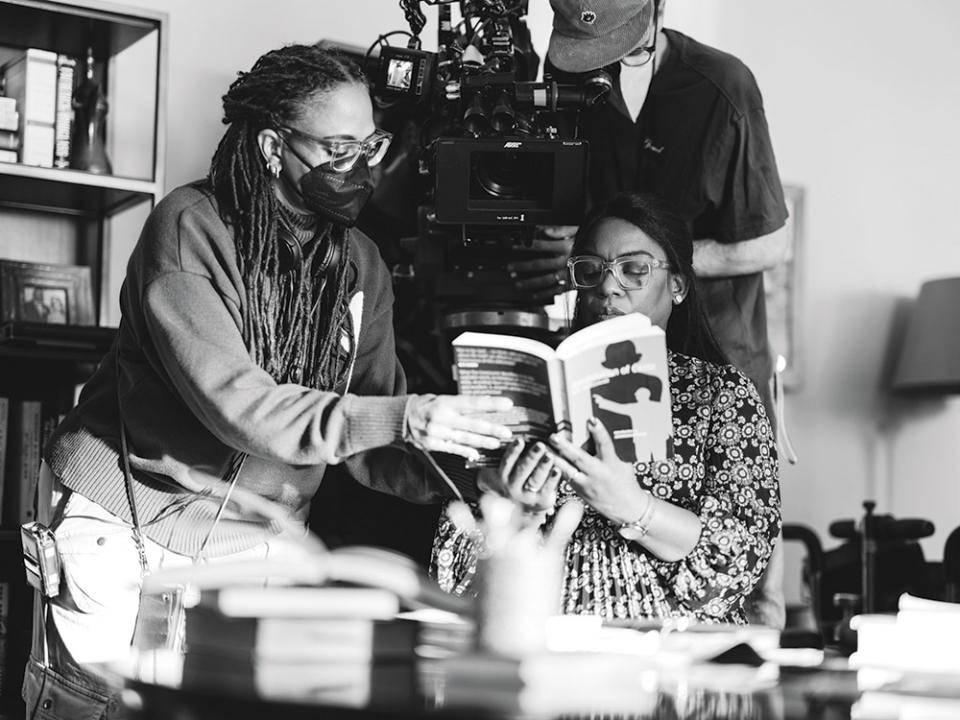
Going indie for the first time in about a decade, DuVernay and her producing partner, Array Filmworks president Paul Garnes, found funding in a novel source: philanthropists, for whom Origin’s social justice objectives made for an appealing if innovative fit. “Many of those investors were looking for ways to make sure their money had more impact, and they were open to an unconventional idea,” says Garnes. Through her nonprofit arm, DuVernay already had relationships in that world, and Array Alliance executive director Regina Miller helped execute the underwriting for the film’s $38 million budget, from a lineup including the Ford Foundation, Emerson Collective and Melinda French Gates’ Pivotal Ventures. All but one investor had been a previous donor to Array. “It was harrowing in the sense that we were all building a new process while prepping a movie,” says Garnes, who adds that principal photography for the 37-day, three-country shoot began in December 2022. “That independent financing allowed for an accelerated schedule from raising the money, shooting the film, editing it and now releasing it.”
To play Isabel, Aunjanue Ellis-Taylor studied Wilkerson’s book, interviews and speeches, noting how the author’s tone and mannerisms shifted depending on whom she was speaking with. “What was challenging to me is that I’m a very visceral and reactive person, and Ms. Wilkerson is not,” says the past Oscar nominee, adding that DuVernay told her she wanted to explore the interior life of a Black woman — something rarely done onscreen. “There were moments in the film where my personal impulse would be to be aggressive, and hers was to be withheld. How do you lean into that and not feel like I’m not doing anything? That’s character work: trusting that even in that interior life, something is being dramatized and witnessed.”
Hair, makeup and wardrobe also were key in conveying the character of Isabel, a Black woman who moves through the world as a Pulitzer Prize-winning journalist, always polished even in the face of grief. “It was so important to Ava that Ms. Wilkerson’s elegance, that awareness, was captured,” says Ellis-Taylor, name-checking costume designer Dominique Dawson, hair department head Kim Kimble, makeup department head LaLette Littlejohn and Ashunta Sheriff, who specifically did her makeup. “These women’s work is in every frame of this film, and we don’t honor that the way that we should. All of these women worked on a huge, vast undertaking — across cultures, countries, time, and they did it beautifully.”
A belief in DuVernay and in Origin’s message helped secure the supporting cast. Niecy Nash-Betts flew back and forth between Savannah and L.A. (where she was toplining the ABC drama The Rookie: Feds) without breaks because DuVernay had written the part of Isabel’s cousin Marion with her in mind. “I was exhausted, but this film is so important and impactful. It is the most beautiful piece of art I’ve ever been a part of in terms of being a teaching tool,” says the five-time Emmy nominee. “Marion was providing support, guidance and love for Isabel, so I started in a place of reaching out to Aunjanue to lay the groundwork and plant seeds before I even got to Savannah because I wanted to make sure those attributes were already baked into how we communicated with one another.”
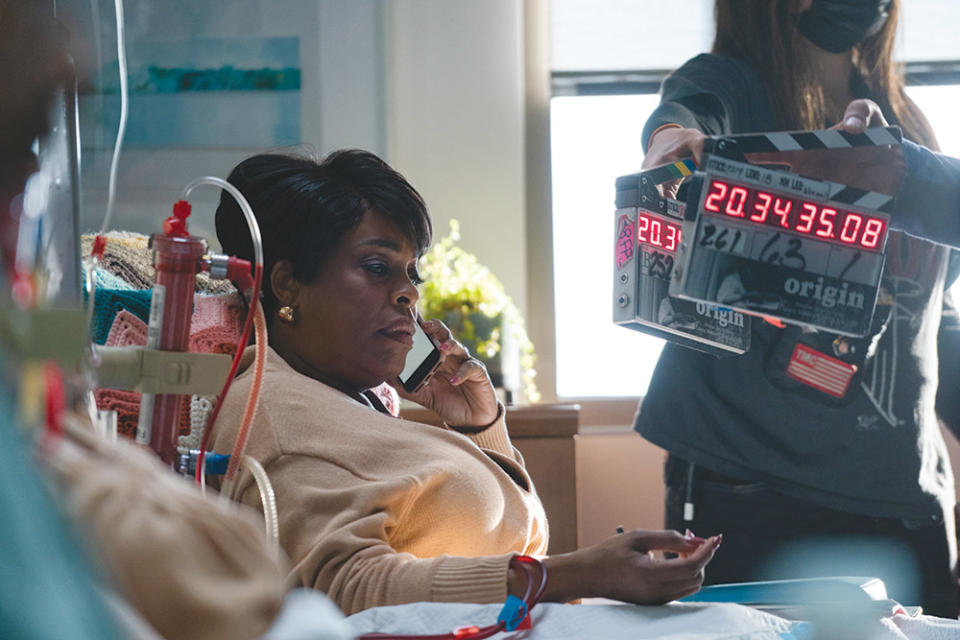
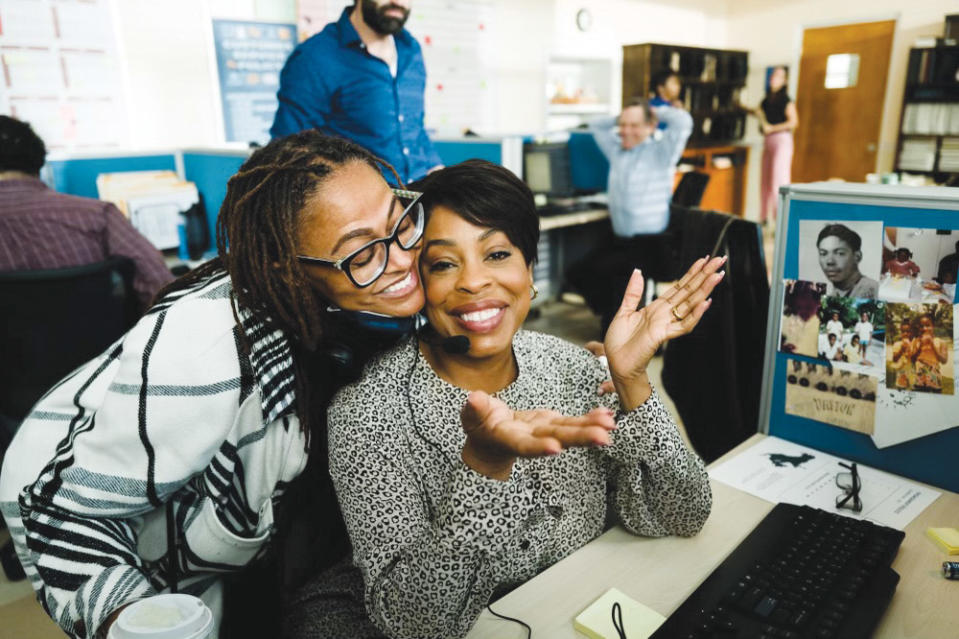
As Isabel’s husband, Brett, Jon Bernthal viewed his responsibility on the project similarly. “My job was simple: to serve Aunjanue and be in awe of her,” he says of his co-star, with whom he’d worked in a different capacity on King Richard. “A lot of stuff doesn’t ever make it into the movie, but it creates this lived-in quality: You’re always making tea, you’re always taking the coat, because this is the way this family operates. We have a mission to provide a fertile field for her creativity, her research, her voice to flourish. I love showing a marriage that works but isn’t done in a heightened or overly romantic way that feels false.”
Despite its indie budget, Origin also features a roster of stars, many who came in for just a scene or two. “You come in, you’ll get fit on one day, we’ll rehearse the next day and then we’re shooting and then we’ve got to send you back because we can’t pay for the hotel,” DuVernay says of convincing Audra McDonald, Nick Offerman, Blair Underwood and Vera Farmiga to say yes to small but impactful roles. “Everyone had these short spurts of support and solidarity. It was a real joy.”
But many of Origin’s most indelible characters weren’t played by professionals. Dalit scholar Suraj Yengde, who escorted Wilkerson through India’s caste system during her research, plays himself on the big screen, partly because of his natural charisma and partly because, in Origin’s commitment to authentic casting and the continued realities of caste stigmatization, it was difficult to find actors willing to out themselves as Dalit. In an affecting scene toward the end that drives home the connection of Black people as the American version of the untouchable caste, Origin presents the story of Al Bright, the only Black member of a Little League team in Youngstown, Ohio, in 1951. When the team is treated to a pool party after winning the city championship, Al is refused entry, forced to sit alone on the other side of a chain-link fence as his teammates splash and play. When his coaches persuade the pool personnel to let Al in, everyone has to evacuate the pool before he boards an inflatable raft to be pulled around for one lap. “Don’t touch the water,” the lifeguard sternly warns the terrified little boy, who holds his body stiffly under the stares of his teammates and coaches.
The plan was for Isabel to narrate this flashback in voiceover, with an establishing shot of her interviewing one of Al’s former teammates. But when the background player portraying the teammate — an older white man — shared with DuVernay his personal resonance with the material, she decided to have him handle the narration instead. “In one take, he told a story that broke all of our hearts,” says the helmer, who notes that his lines were improvised. “I enjoy talking to and extracting stories from real people. If I’m doing that and our prep is solid, I’m going to feel free to add a different brushstroke to the scene I’m working on.”
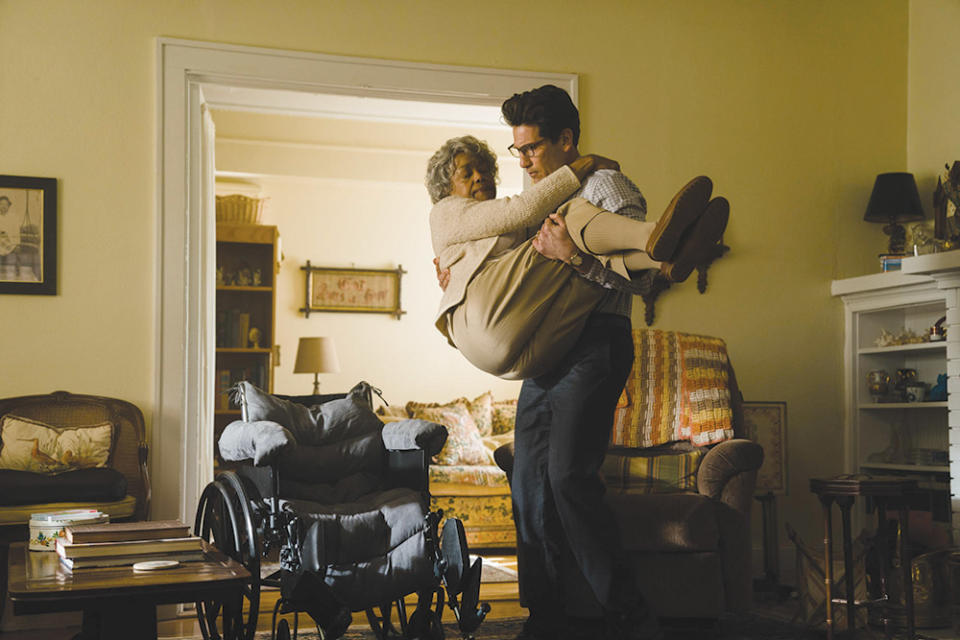
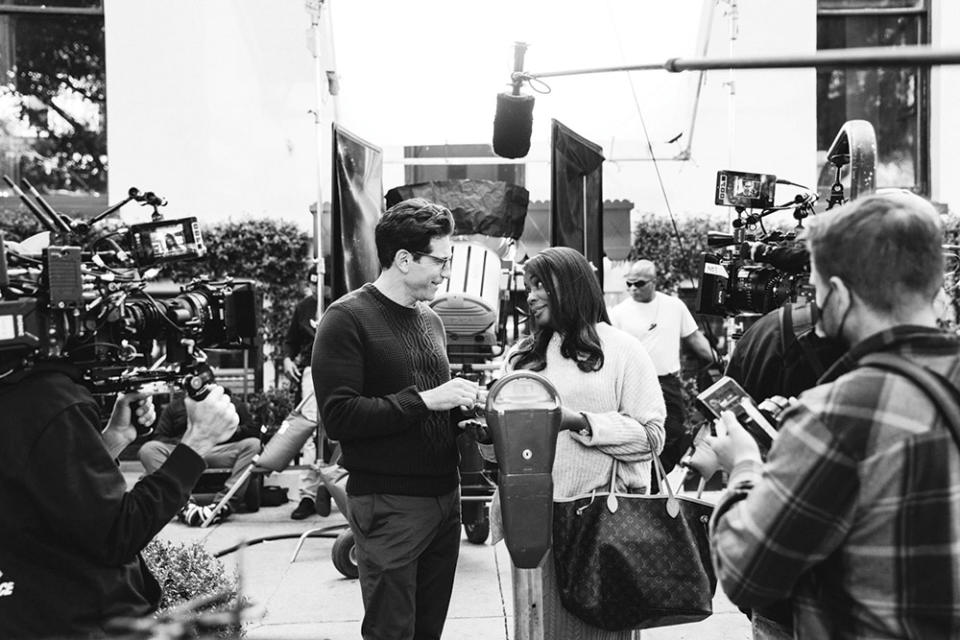
Both producers note that had Origin been made by a studio, there wouldn’t have been as much ability to make such creative pivots on the fly. Still, there were many other elements that presented indie filmmaking challenges, particularly the international aspect of it. “This is two African American producers who made a global film, literally going to places that we usually don’t go to shoot,” says DuVernay. In addition to coordinating with multiple levels of government in Germany and India to get permission to shoot scenes of ongoing political and social sensitivity, the production also faced the logistical puzzle of transporting the footage, which was entirely shot on 16mm film. “Shooting film in the U.S. is difficult. Shooting film out of the U.S. is wild,” says Garnes. “There were no labs in Germany, so every day someone had to fly to England with the film so it could be processed in the U.K. And the only lab in India is in Mumbai, but we couldn’t get permission not to X-ray the cans of film, so someone had to get on an 11-hour train every day from Delhi to Mumbai to take it to the lab.”
The time and labor was worth it, and not just for the end result, says cinematographer Matthew J. Lloyd. “Ava watched projected dailies every day,” he says. “Digitally, everyone’s got the iPad and can make a playlist and watch it on their own, whereas we’re gathering the key collaborators into the room to project and watch all this imagery together in the dominant format of the theatrical screen and spend time figuring out what’s working, what’s not and how to adjust, every night until like 1 or 2 in the morning. That communal experience was so riveting and inspiring.”
Adding to the experience was the decision to practice what the movie and the book preach, and try to break down as much as possible the traditional hierarchies on set. “Very early on, Ava tasked most of the department heads with trying to imbue the spirit of Ms. Wilkerson’s efforts into our own sections of the filmmaking process,” says Lloyd, who did away with the traditional “A”/“B” and numbered cameras and instead described each unit geographically. The result was not just that the Emmy-nominated DP genuinely couldn’t tell what he had shot himself and what was done by the other camera operator but also that “Ava was liberated to conduct the capturing of the image in a peaceful and organic way,” he says. “The images are given equal weight, and you’re able to move through longer stretches without having to systematically break it up and assign jobs [for example, relegating an insert shot to the B team].
“And when the playing field is open, everybody’s contribution elevates,” Lloyd continues. “It’s not, ‘I have to ask.’ You feel the freedom to contribute.”
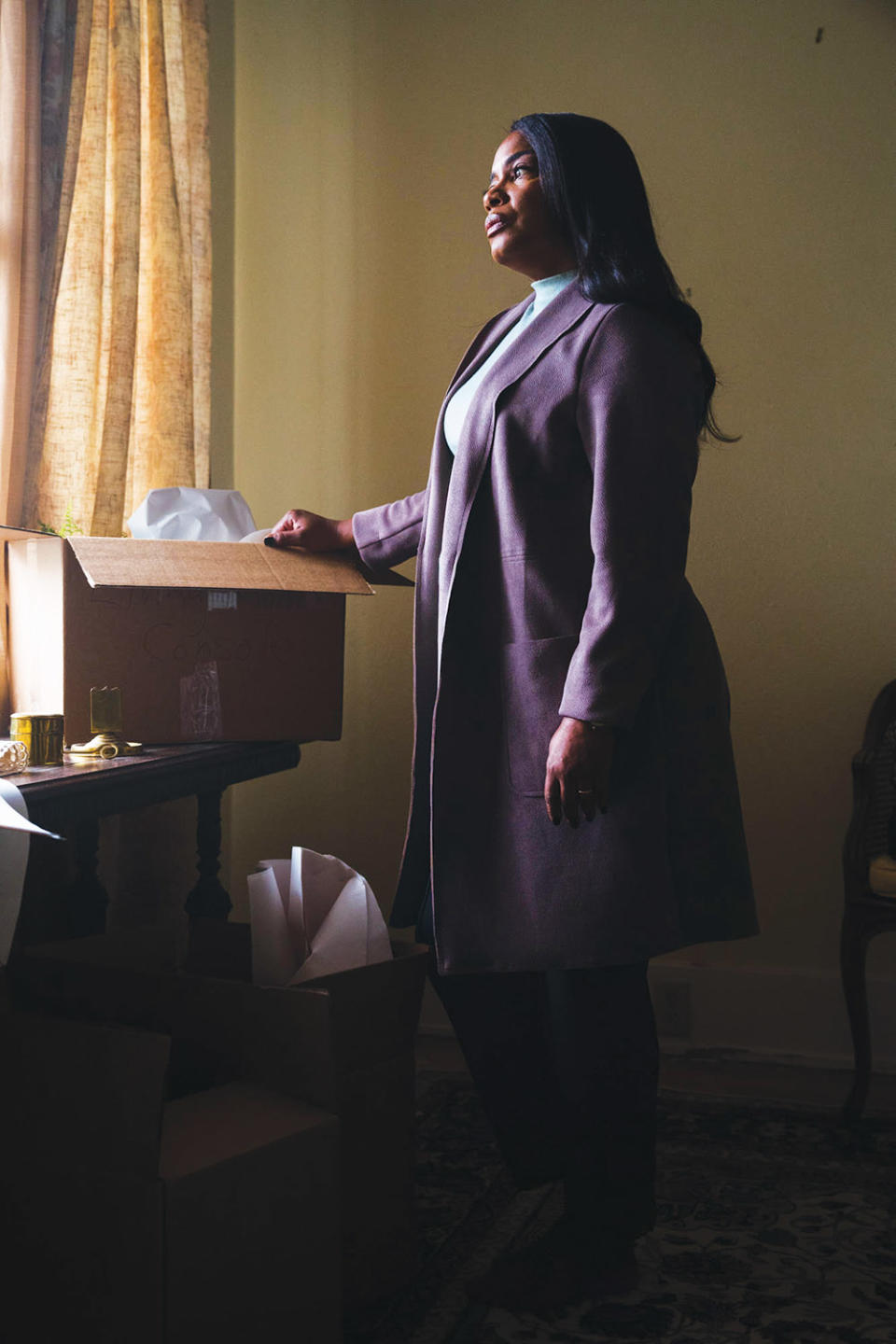
One of the key points in Wilkerson’s book is that dehumanization enforces caste: People strip others of their humanity to justify their treatment — enslavement of Africans in the New World, execution of Jews during the Holocaust or the continued abuse of and discrimination against Dalits in India. Origin depicts each of these atrocities with a deliberate gaze. “If I’m showing you enslaved people on a ship, I’m going to show you a close-up of the faces. You hear the words [via Isabel’s voiceover narration], ‘This was the son of the baker.’ ‘This was the niece of …’ ” DuVernay says. “It’s humanization. The same in the concentration camps. It’s not just a mass of people. Break out and show the one woman who sees her son and says, ‘I’m going to touch you, one more time.’ ”
As Isabel formulates her thesis, these threads from across time and space begin to weave together into an undeniable argument about the tragic cycle of human behavior and the imminent threats that lie ahead if people don’t acknowledge the patterns. It all converges in a climactic, searing third-act montage that wasn’t in the original script. “On the page, it was more or less linear. We would go into India’s caste system and finish it, see Isabel researching and writing, then we would move into Nazi Germany, complete that story, then the Middle Passage, and it just wasn’t working,” says editor Spencer Averick. “We ended up mixing it up and doing this intercut, and once we did that, it was a big light- bulb moment because the images slapped together.”
Among the many striking inclusions is one incident that has never before been reenacted in film: the 2012 killing of Trayvon Martin by George Zimmerman. Origin opens with the teenager (played by Tony winner Myles Frost) in his innocent final moments, walking home from a convenience store while chatting with a friend on the phone. “Instead of dehumanizing him through only hearing him through [Zimmerman’s call to the police reporting Martin for so-called “suspicious” behavior], I always knew I wanted to allow you to see him before he’s described to you by his killer,” says DuVernay, who received the blessing of Martin’s mother and brother to include him in the film.
Origin returns to Martin at the end in a juxtaposition suggested by one of DuVernay’s close friends, Guillermo del Toro. “He was one of our biggest champions, and he came in and edited with us for a couple of days,” says Averick. “It was his idea to flash to Trayvon Martin within the concentration camp scene. He was like, ‘There’s some kind of connection.’ ”
When they put the clips up against each other, the impact was stunning. In the Holocaust sequence, a Jewish woman desperately tries to run after her son as they are ripped away from each other. Nazi officials wrestle her to the ground and put a gun to her head, echoed decades later by Zimmerman wrestling Martin to the ground. Even the composition of the footage was coincidentally similar.
In both cases, the member of the lower caste was shot to death, which for the Jewish woman was initially only heard but not seen onscreen. “Guillermo del Toro basically scolded us and told us it’s our responsibility to show it,” Averick recalls. “He said, ‘There’s nothing nice about fascism. Don’t shy away from it.’ ”
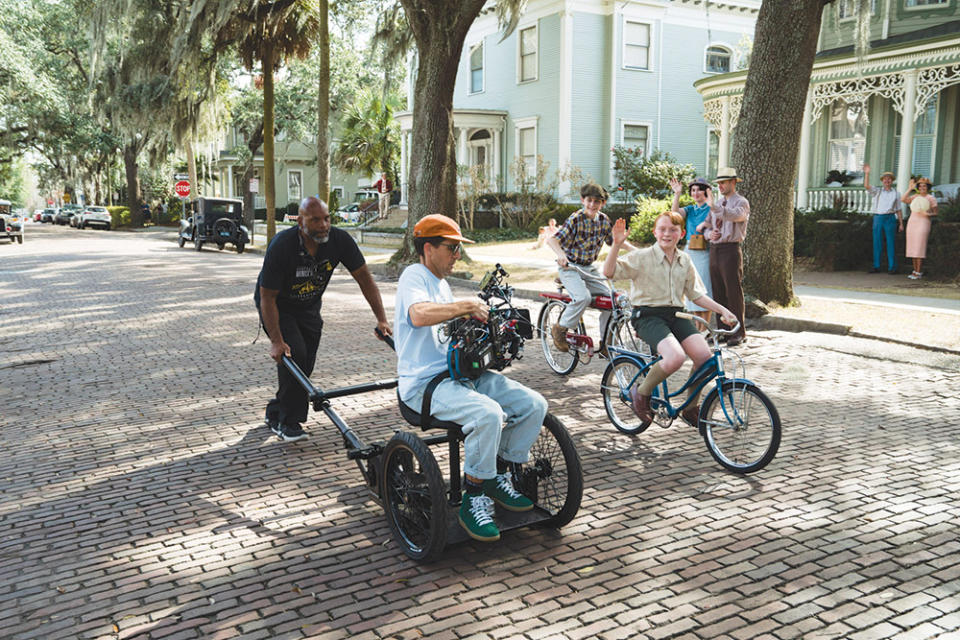
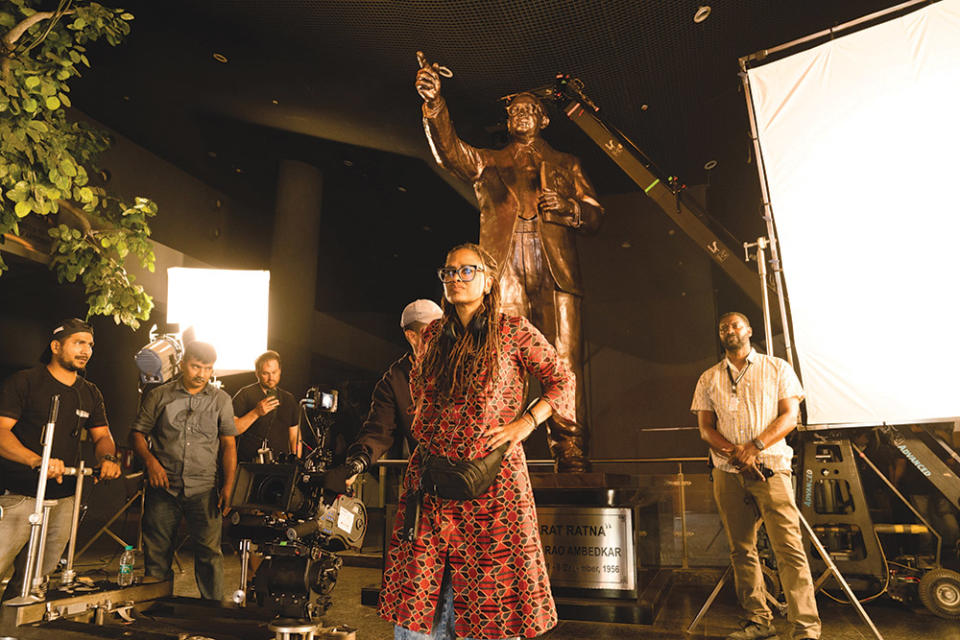
This story first appeared in the Jan. 4 issue of The Hollywood Reporter magazine. Click here to subscribe.
Best of The Hollywood Reporter

